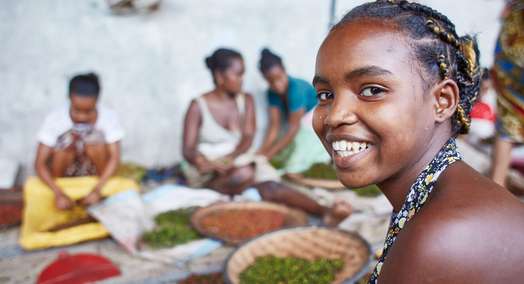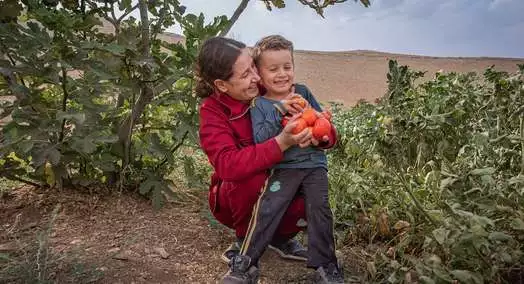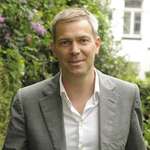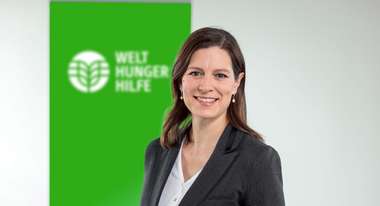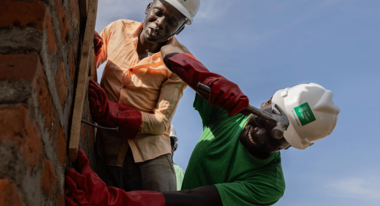Linking Humanitarian Aid with Development
Till Wahnbaeck points one of the great strengths of Welthungerhilfe: the NGO is unique in combining emergency aid with long-term thinking.
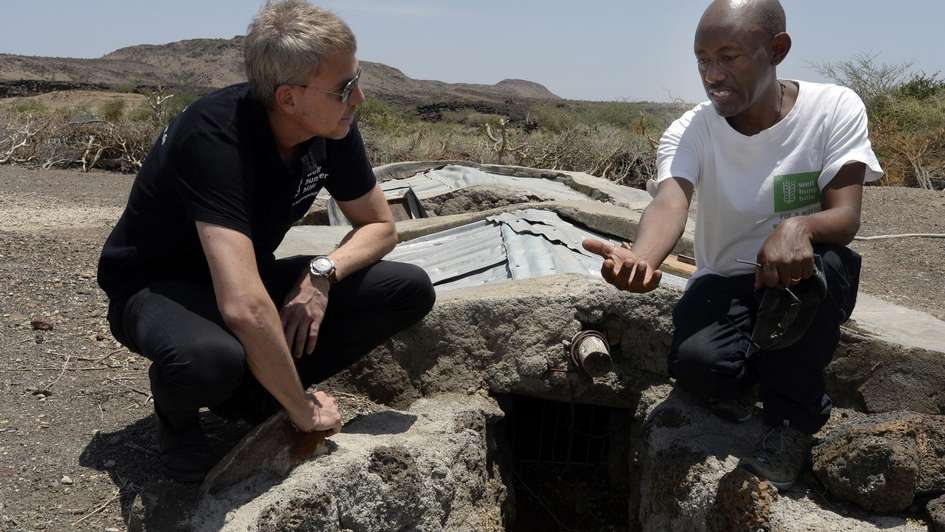
As I was sitting on an airfield in Beni waiting for the UN flight to take us back to Goma in the Democratic Republic of Congo, I talked to a guy from the International Red Cross. “All the NGOs do emergency work in this country”, he told me. “You are the only ones who move from emergency to resilience and long-term development”. He was right, I think – and he pointed one of the great strengths of Welthungerhilfe. Yes, we are there when the crisis hits, when fighting erupts, when the earth shakes – about half of our work is in emergency support by now. But unlike some emergency specialists, we are always in it for the long term. And we always think about the next step, about making people more resilient to future shocks. I think this really sets us apart as an organization. The Democratic Republic of Congo is a case in point.
Donors are coming around to our way of thinking
As I drove through the eastern part of the country with Louis Dorvilier I realized how much of our work was purely about saving lives. But I also realized how important it was to build structures that last. For example, agricultural access roads that link the farmer field schools and the women we train in growing vegetables to local markets where they can actually sell their produce. Donors don’t give us money for longer-term projects. The Democratic Republic of Congo is all about emergency support, they say. But we find the money, and we prove a point: that even in emergency settings, it makes sense to invest in resilience. Slowly, donors are coming around to our way of thinking.
Or take Somaliland where Woldesenbet Gebre just took me to see our food distribution during the terrible drought that has hit the Horn of Africa. It is great humanitarian work. But Woldesenbet also took me to see the dams we are building at the foot of the region’s hills. “Dams during a drought?”, I hear you ask. Yes, because the next rains will come at some point – too late and too heavy. And when they come they’d wash all the rich soil away if it wasn’t for our dams that prevent soil erosion and make sure that people have something to build on when the immediate drought is over.
We are combining emergency aid with long-term thinking
Or take South Sudan, a country so badly hit by war that really all we can do there is saving lives. We urgently need peace – and we urgently need more political pressure from the international community. And yet, even in a situation as bleak as this, we are thinking about the next step, about how to enable people to help themselves. As I was sitting with Lena Voigt and a few colleagues in the Bentiu refugee camp they were sharing their ideas about vegetable gardening outside the tents and the planting of fruit trees on the camp ground. Again, they were encountering resistance – for example from camp management that didn’t want to create permanent structures.
And yet, the people I have met have been staying at the camp for months if not years, and no one has high hopes to leave any time soon. In a way, it’s making a virtue out of necessity. People’s assets are all gone, their fields lie bare. They live outside their normal structures. Many of the things that often prevent change – the risk of failing crops, peer pressure, a busy day with no time to spare for experiments – no longer apply in a refugee camp. Using this silver lining in order to teach nutrition and help women learn cultivation skills seems like a smart move. And it proves yet again how unique Welthungerhilfe is in combining emergency aid with long-term thinking.
We will see more crises in the future
There are still countries in which we can focus purely on long-term development. But I am convinced that we will see ever more crises in the future. The old separation line between humanitarian aid and development is increasingly getting blurred. We often see both substantial progress in the long term eradication of hunger and the need for humanitarian assistance due to climate change or political conflict in the same country at the same time. Therefore, we fight hunger regardless of the context in which it occurs. This is precisely why Bärbel Mosebach and the newly created Humanitarian Directorate work so hard to strengthen both our humanitarian aid competency and our capacity to prepare for, and respond to crises.
Our work makes me proud
Seeing all this man-made suffering frustrates me no end. Having to witness food distributions in a country as fertile as South Sudan makes me sad. Seeing pastoralists suffer from an ongoing drought that the industrialized nations created with our energy consumption makes me angry. But seeing how good we are at strengthening resilience at the interface of humanitarian aid and development cooperation gives me hope and makes me proud. I think we are well placed to respond to the issues we face in this blurry world where it’s one step back for every two steps ahead. It won’t solve all the world’s problems, but it alleviates suffering and prepares people to leave every crisis stronger, not weaker. And that’s good.
